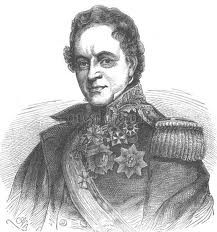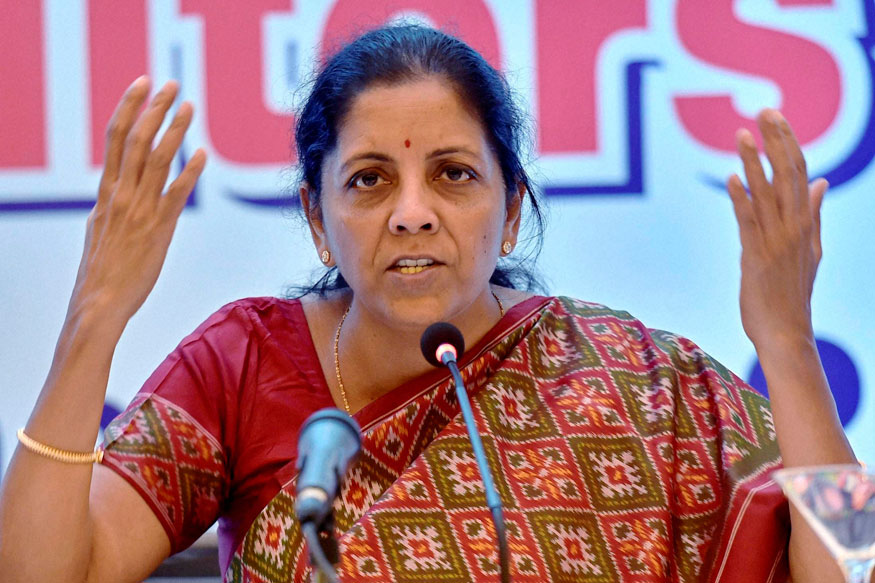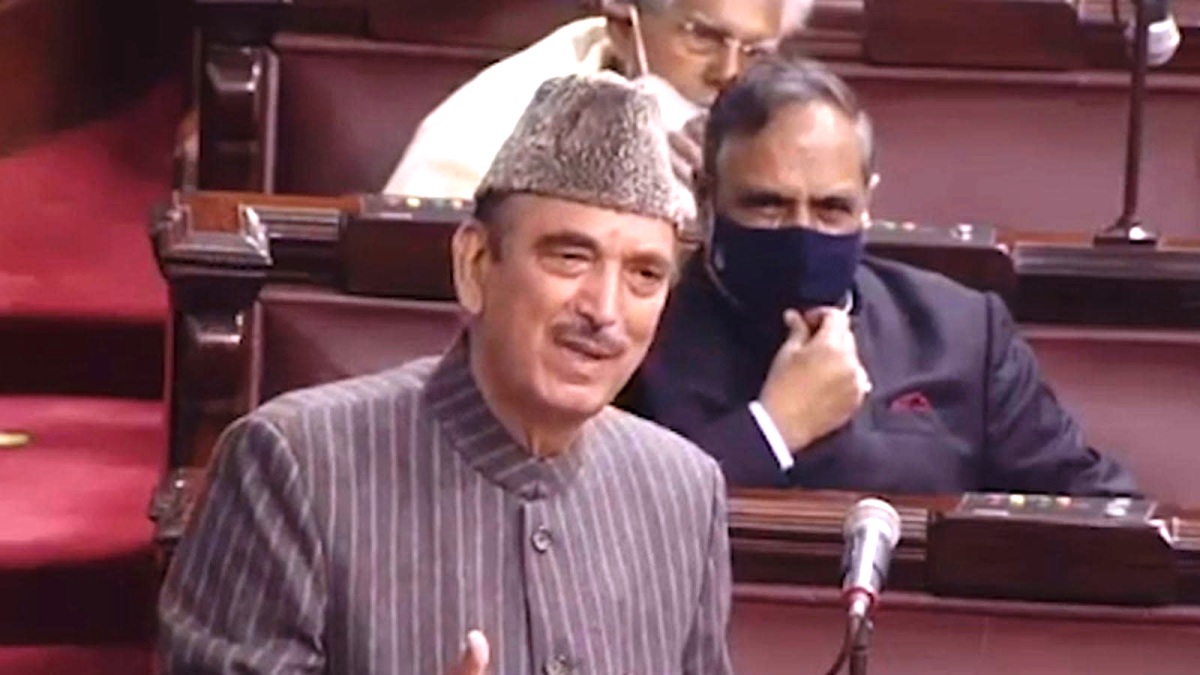Considered to be one of the rare documents that sold land and people, the Treaty of Amritsar was signed on March 16, 1846. This treaty transferred the ownership rights of everything between rivers Ravi and Indus from the Sikh empire to Gulab Singh, the Jammu Raja. The deal was executed after the Sikhs were made to sell it to the East India Company following which it was sold to Gulab Singh. This deal led to an exploitative misrule of Kashmir for nearly 100 years till Maharaja Hari Singh fled Kashmir within days after Poonch rebellion and tribal raids in 1947.
March 16, 1846

The treaty between the British Government on the one part and Maharajah Gulab Singh of Jammu on the other concluded on the part of the British Government by Frederick Currie, Esq. and Brever-Major Henry Montgomery Lawrence, acting under the orders of the Rt. Hon. Sir Henry Hardinge, G.C.B., one of her Britannic Majesty’s most Honorable Privy Council, Governor-General of the possessions of the East India Company, to direct and control all the affairs in the East Indies and by Maharajah Gulab Singh in person – 1846.
Article 1
The British Government transfers and makes over forever in independent possession to Maharajah Gulab Singh and the heirs male of his body all the hilly or mountainous country with its dependencies situated to the eastward of the River Indus and the westward of the River Ravi including Chamba and excluding Lahul, being part of the territories ceded to the British Government by the Lahore State according to the provisions of Article IV of the Treaty of Lahore, dated 9th March 1846.
Article 2
The eastern boundary of the tract transferred by the foregoing article to Maharajah Gulab Singh shall be laid down by the Commissioners appointed by the British Government and Maharajah Gulab Singh respectively for that purpose and shall be defined in a separate engagement after survey.

a painting preserved by the British Library
Article 3
In consideration of the transfer made to him and his heirs by the provisions of the foregoing article Maharajah Gulab Singh will pay to the British Government the sum of seventy-five lakhs of rupees (Nanukshahee), fifty lakhs to be paid on or before the 1st October of the current year, A.D., 1846.
Article 4
The limits of territories of Maharajah Gulab Singh shall not be at any time changed without concurrence of the British Government.
Article 5
Maharajah Gulab Singh will refer to the arbitration of the British Government any disputes or question that may arise between himself and the Government of Lahore or any other neighboring State, and will abide by the decision of the British Government.
Article 6
Maharajah Gulab Singh engages for himself and heirs to join, with the whole of his Military Forces, the British troops when employed within the hills or in the territories adjoining his possessions.
Article 7
Maharajah Gulab Singh engages never to take to retain in his service any British subject nor the subject of any European or American State without the consent of the British Government.
Article 8
Maharajah Gulab Singh engages to respect in regard to the territory transferred to him, the provisions of Articles V, VI and VII of the separate Engagement between the British Government and the Lahore Durbar, dated 11th March, 1846.
Article 9
The British Government will give its aid to Maharajah Gulab Singh in protecting his territories from external enemies.
Article 10
Maharajah Gulab Singh acknowledges the supremacy of the British Government and will in token of such supremacy present annually to the British Government one horse, twelve shawl goats of approved breed (six male and six female) and three pairs of Cashmere shawls.
This Treaty of ten articles has been this day settled by Frederick Currie, Esq. and Brever-Major Henry Montgomery Lawrence, acting under directions of the Rt. Hon. Sir Henry Hardinge, Governor-General, on the part of the British Government and by Maharajah Gulab Singh in person, and the said Treaty has been this day ratified by the seal of the Rt. Hon. Sir Henry Hardinge, Governor-General.
(Done at Amritsar the sixteenth day of March, in the year of our Lord one thousand eight hundred and forty-six, corresponding with the seventeenth day of Rubee-ul-Awal (1262 Hijree).
(Signed) H. Hardinge (Seal)
(Signed) F. Currie
(Signed) H.M. Lawrence
















This was the prize traitor Gulab Singh Dogra got from the Britishers for every thing by Maharaj Ranjit Singh and the title of Raja was also conferred but in the Anglo Sikh war at Chelianwali these traitors stabbed in the back of Khalsa fauj and they lost the battle even after winning it. All the difficulties the Kashmiris are facing today are also due to Maharaj Har Singh had he agreed to the cessation of Kashmir to India before 15th August 47 the part of Kashmir which is in the controle of Pakistan would have been the part of India and there would not have been any division of Kashmir, This family of Dogras is a traitors.
@Mr Kulwant….political opportunism was the characteristic of statecraft uptill the modern era..each ruler shed his allegiance after the fall of central power…the same was done by Sikhs in 18 c after fall of afgans in punjab and also marathas did d same after mughal fall and so did all regional kingdoms in 18 c…
2..gulab singh was already betrayed by sikhs afer Ranjit singh death..lost his whole family -his bothers were massacred in war of succession,his son died with nao nihal singh(a controversy-murder-abt fall f pavilion)..
3.everythng is fair in love and War.he was creator of j&k state.this enitity never existed before in history.